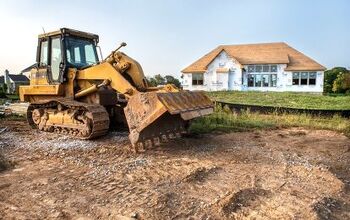How To Tone Down Orange Wood (Quickly & Easily!)

Orange is one of those colors that is like licorice. People either love it or hate it. This is especially true with orange wood. In small doses, orange wood can help add some warmth to a room. It can even turn an otherwise normal room into an exotic venue filled with woods that feel almost surreal. In large doses, orange wood can be a massive eyesore. So, how can you tone this shade down?
Toning down orange wood can be done with an aerosol toner that has a green or blue cast to it which will then help pull out the orange. If the stain isn’t coated, you can use a dye over the stain that also has a blue or green tint to remove the orange.
Each method is meant to be used in a specific way, for a specific reason. Knowing which one will be best to use for your wood will be important, not to mention knowing how to use each option. Let’s talk about each method.
Related Content: Paint Colors That Go With Honey Oak Trim | How To Lighten Stained Wood | What Color Granite Goes With Honey Oak Cabinets?
Do You Need Painting or Staining Services?
Get free, zero-commitment quotes from pro contractors near you.

Toning Down Orange Wood: The How-To
If you’ve ever seen how glaring orange wood can look, it’s easy to see why you would want to tone it down. It can clash with modern furniture layouts or even look obnoxious. Here’s how to fix the issue using each of the two methods.
Tone Down Wood Using A Transparent Aerosol Toner
If your wood already has a coating to it, then the best option that you can do is to get a transparent aerosol toner. These are toners that you can spray onto wood after it’s been treated with a stain. They’re meant to act as a touch-up for difficult colors, or as a way to help tone down a stain that’s too much. Here’s how to use it:
- Start by getting a transparent aerosol wood toner that’s either blue or green in color. Blue will have a more drastic effect.
- Use painter’s tape to section off and protect the areas you don’t want to have toned. While it is transparent, it still can make a serious mess. It’s best to protect the area, since you might end up with a much higher cleaning bill otherwise.
- Read the directions on the toner can, and spray accordingly. Most toners will need to be sprayed at a 12-inch distance to work well. However, yours may need to be slightly closer or further away.
- Let the toner dry naturally, then determine if you need another coat. The vast majority of the orange wood stains will only need one.
- Remove the painter’s tape around the wood. This will give you a wood stain that’s a deeper brown.
Tone Down Wood Using A Blue-Tinted Stain
If your orange wood stain didn’t get a protective coating placed on it yet, then there may be an easier way to make sure that you get a nice shade of brown. What many woodworkers do is add a second stain on top of the first, before the protective coating or finish is added on top.
When choosing a second stain, your best bet is to look for an ashy blue stain. It shouldn’t be overly bold, but it should have a noticeable cool undertone to it. If you want a more “cherry red” look, go for a violet stain. Strong deep blue-brown stains will give you an almost grey-black look. Choose your stain wisely.
Video: Preventing Orange Tone on Pine
How To Tone Down The Look Of Orange Wood Without Actually Altering The Wood?
Let’s say that you want to tone down orange, but you rent. Or maybe, it’s not a matter of renting, but rather, a feeling of being overwhelmed by the work it would take. If that sounds like you, then you should strongly consider doing some of the following tricks…
- Go for lighting that has a blue undertone to it. While lighting is not a cure-all by any means, it does make a huge difference when it comes to matters of subtle shading. It can help more than you think, especially if the blue lighting is particularly bold.
- Avoid blue furniture and accessories, though. Complementary colors are pretty strange. If it’s a lighting trick or a stain additive, using the complement will tone down the boldness of a specific color. On the other hand, if you place the two colors next to one another, then the two colors appear even bolder.
- Pair your furniture with neutral and colors similar to orange. Sometimes, the matter of trying to update the look is best treated by an “if you can’t beat them, join em” attitude. Believe it or not, pairing the orange wood with more reds and yellows will help it look less vibrant.
What Woods Have A Natural Orange Tone To Them?
There are a lot of woods that have a slightly orange tone to them, especially when the wood has been cut and exposed to light. As wood ages, it often gets a more orangey tone to it. Some woods are far more likely to have this change than others. Cherry wood is the most famous for turning pink among mainstream woods.
Of course, others are known for having a yellow to orange tone as well. Honey oak, osage orange wood, and yellow poplar heartwood can all turn yellowish-orange when they are exposed to UV radiation. If you are unsure whether or not a wood turns orange, check out the typical shades online.
Why Do Certain Woods Turn Orange In Light?
Honestly, it’s part of the wood’s aging process. As woods age, the compounds in the wood tend to react to air and light. In many cases, the reaction that turns a wood orange deals with the photosensitivity of the wood. Compounds like chlorophyll and others will die off as wood ages, giving the wood a more orangey take.
With that said, not all woods will do this. It’s important to choose a wood type that has the tendency of changing to a color that you want to have.
What Woods Avoid Orange Shades?
Want to avoid any type of orange wood? Getting the right wood can help, even more than getting a good blue stain. If you want to make sure that your woods are orange-free, check out these wood types below:
- Purple Heartwood. This has a deep purple-blue look that is amazing for people who want to avoid yellow undertones in any state. It is the most pronounced purple you’ll find without a stain.
- Blue Mahoe. As the name suggests, this has a serious blue tone. The overall look is blue-grey, to the point that many people can’t believe that it is the color it is without a stain.
- Greenheart Wood. A light olive green is what this wood looks like as it ages. However, most greenhearts will have some level of brown to level out the green. It’s a very earthy look for a wood, which is often a great thing.
- Lignum Vitae. This unusual wood is known for being a more pronounced green than greenheart, giving it a very swampy ambiance.
- Ebony. Unsurprisingly, this is the wood that is most commonly known for being dark to the point of being on the verge of black. It has slightly blue undertones.
- African Blackwood. Perhaps one of the only woods that is darker in color than ebony. Since it’s so dark, it can be hard to tell what the undertones are.
Do You Need Painting or Staining Services?
Get free, zero-commitment quotes from pro contractors near you.

Related Questions
Is orange wood orange?
Despite it being wood from the orange tree, orange wood does not have the same color as the fresh-squeezed juice it makes people think of. Rather, orange wood is more of a bright yellow tone than anything else.If you want to get a type of wood that has a natural orange shade to it, picking cherry is a better option. Of course, you can also enhance the natural look of wood with the right stain if you so choose. There are plenty of orangey shades that you could choose from.
What is the strongest wood found in America?
While the United States isn’t necessarily known for having super-hard woods, there are several tree species that offer a serious amount of hardness. The strongest wood that’s naturally found in America is hickory, a favorite among people who enjoy adding a touch of flavor to smokehouse foods as well as one of the better woods to craft with.Hickory has a hardness rating that is approximately five times as high as aspen. Aspen still is considered a hardwood, which gives you an idea of how incredibly solid this hardwood is in comparison.
What is the rarest wood in the world?
If you want a wood type that is visually stunning, strong, and exceedingly rare, seek out some African blackwood. This commercially-rare wood is only grown in 26 countries in Africa and takes years to grow. Since the trees max out their height at 40 feet, it can be pretty difficult to grow commercially.While there are plenty of plantations, the difficulty in growing makes blackwood exceptionally pricey. A single cubic meter of processed blackwood can easily cost upwards of $13,800. If you want to get a raw log, it’s not much better. The price will still cap at $11,000 to $12,000 per log on average.
Related Guides

Ossiana Tepfenhart is an expert writer, focusing on interior design and general home tips. Writing is her life, and it's what she does best. Her interests include art and real estate investments.
More by Ossiana Tepfenhart



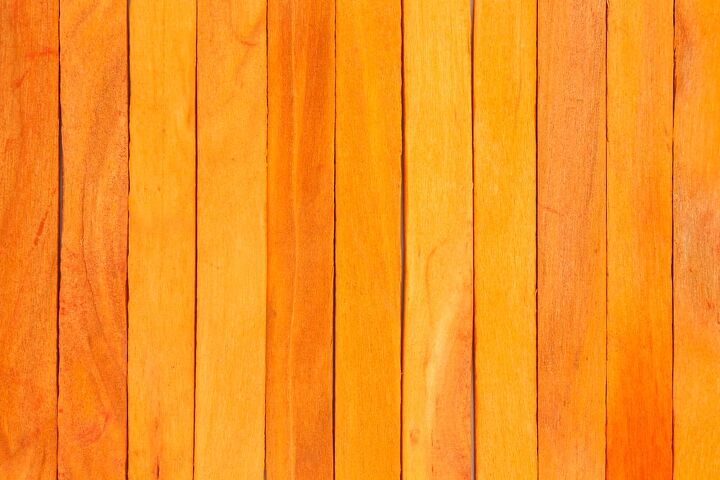






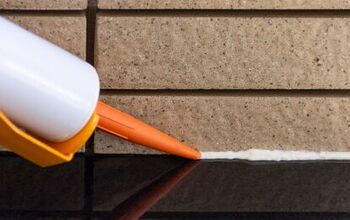
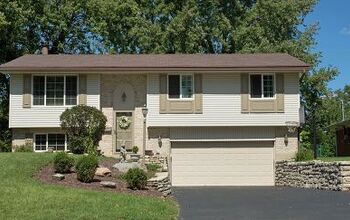
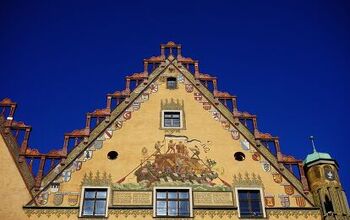
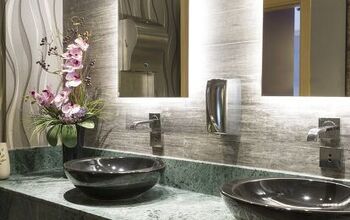

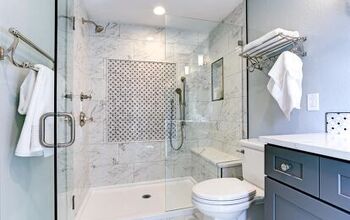
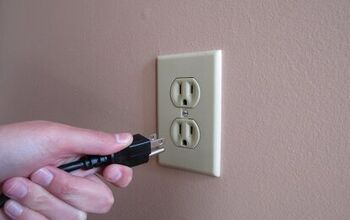
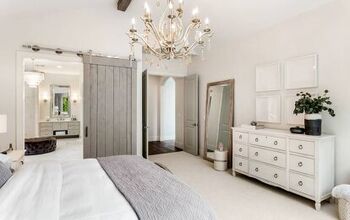

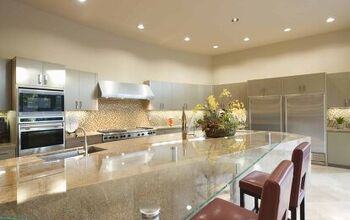
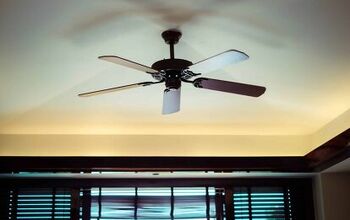
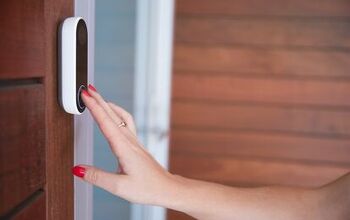

![Standard Dining Room Table Dimensions [for 4, 6, 8, 10 and 12 People]](https://cdn-fastly.upgradedhome.com/media/2023/07/31/9074335/standard-dining-room-table-dimensions-for-4-6-8-10-and-12-people.jpg?size=350x220)



